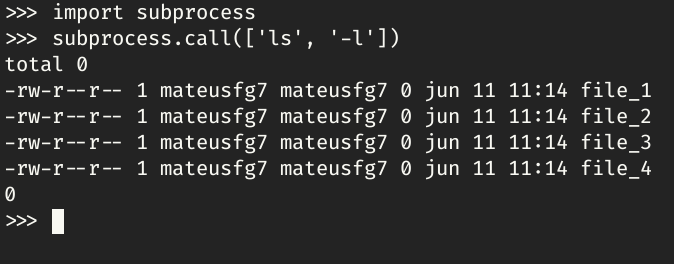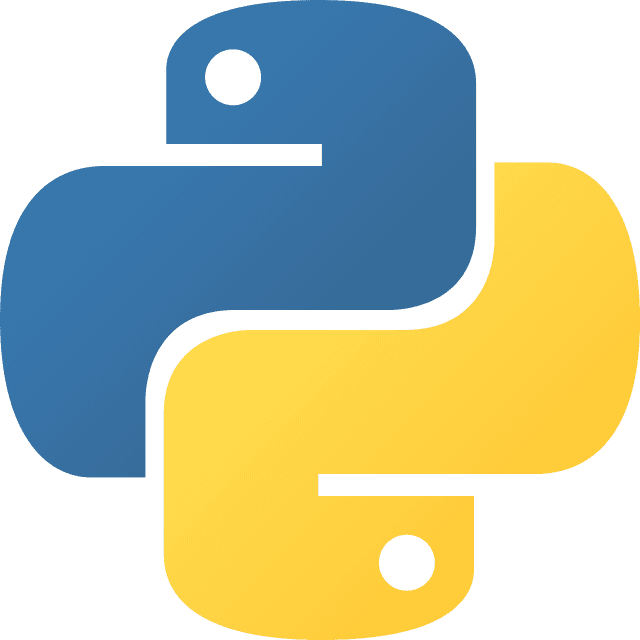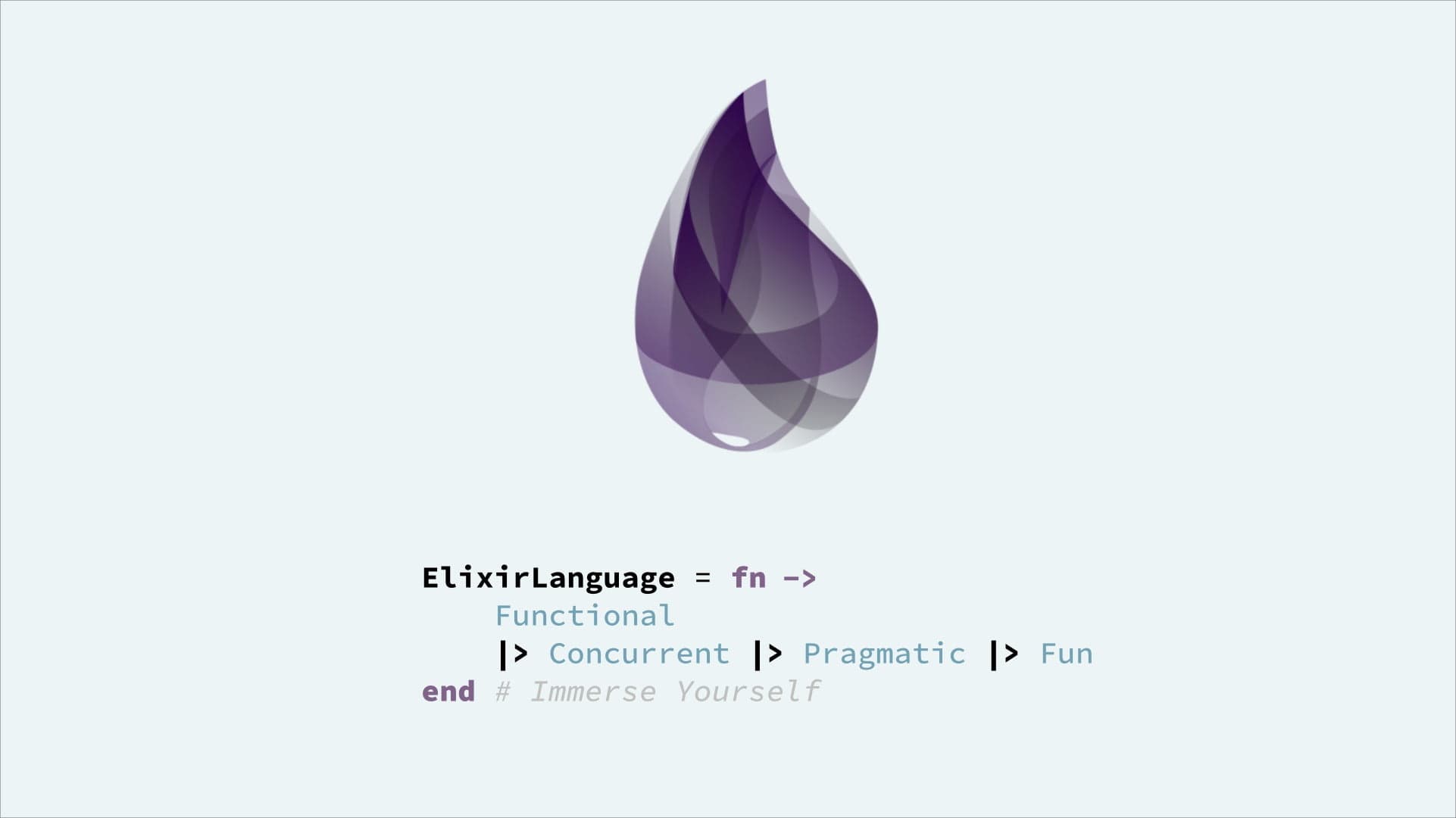Introduction
A subprocess is OS process that runs inside of another process father. The subprocess module allows to run subprocess with Python.
We can use subprocess to run shell commands in a better way than os.system module.
Execute a command
Now, we can just run a command to see the files in the current folder. In Linux we will run the ls command, like this:

The -l option is to show the details of the files.
To run this with subprocess we need to run the call() function. The first param of the function is an list, with the command, where each value of the list is an option of the command:
subprocess.call(['ls', '-l'])Otherwise we can use a simple string. e.g.: 'ls -l'

Check command output
To check the output of the command we will use the function check_call(). Why not use call(), again? If occurs an error in the command execute, the call() will just show the error, without the possibility of handling this error. The same not occurs with check_call(), we can get the error, and handling it.
import subprocess
try:
subprocess.check_call(['cat', 'file_1.py'])
except Exception as E:
print(E)
Get the command output
To save the output of the command in a variable, we will use check_output().
import subprocess
o = subprocess.check_output(['cat', 'file_1.py'])
print("Output:", o)
Popen: icing on the cake
The function Popen is like call(), but their return an object with several object to handler the output, error, etc.
Lets run a python program:
subprocess.Popen('python3 file_1.py', stdout=subprocess.PIPE, shell=True).stdout.read()The stdout=subprocess.PIPE param defines that the output of the subprocess is not the terminal, but the own process. The shell=True defines that the process will run in the own command line.
We are getting the stdout object of Popen, and running the read() function to read the output of the command.
referencies
Aulas Python - 114 - Ferramentas de Sistema X: Módulo subprocess: https://www.youtube.com/watch?v=jgmIUa2_wSY






